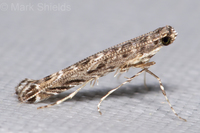
| Recorded by: Jeff Niznik, David George, Larry Chen, Sarah Toner, Joye Zhou on 2025-06-20
Richmond Co.
Comment: | 
| Recorded by: Jim Petranka on 2025-06-08
Madison Co.
Comment: |
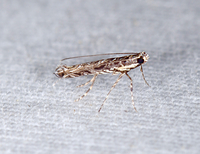
| Recorded by: Jim Petranka on 2025-05-24
Richmond Co.
Comment: | 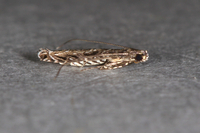
| Recorded by: Jim Petranka on 2025-05-24
Richmond Co.
Comment: |
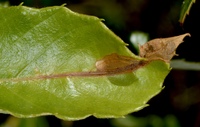
| Recorded by: Stephen Dunn on 2024-08-20
Orange Co.
Comment: | 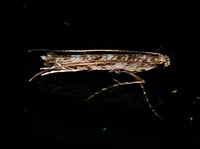
| Recorded by: Jim Petranka on 2024-06-24
Madison Co.
Comment: |

| Recorded by: Ken Kneidel on 2024-06-09
Mecklenburg Co.
Comment: An unoccupied mine on Pin Oak. | 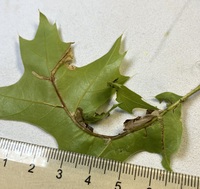
| Recorded by: Ken Kneidel on 2024-06-09
Mecklenburg Co.
Comment: |
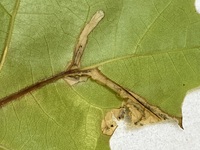
| Recorded by: Ken Kneidel on 2024-06-09
Mecklenburg Co.
Comment: | 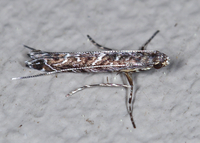
| Recorded by: Jim Petranka on 2024-06-02
Madison Co.
Comment: |
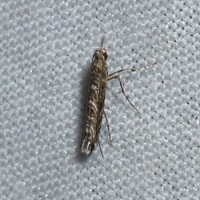
| Recorded by: David George, Jeff Niznik on 2024-05-25
Chatham Co.
Comment: | 
| Recorded by: David George, Stephen Dunn, Jeff Niznik on 2023-09-07
Chatham Co.
Comment: |
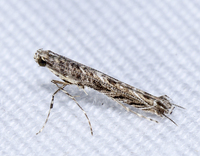
| Recorded by: John Petranka, David George on 2023-08-05
Orange Co.
Comment: | 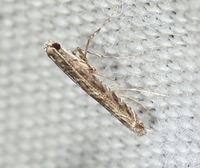
| Recorded by: David George, Stephen Dunn, Jeff Niznik, Rich Teper, Becky Watkins on 2023-07-30
Swain Co.
Comment: |

| Recorded by: David George on 2023-07-12
Durham Co.
Comment: | 
| Recorded by: Stephen Dunn on 2023-07-12
Orange Co.
Comment: An unoccupied mine on Castanea pumila. |
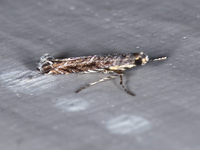
| Recorded by: Jim Petranka on 2023-07-08
Madison Co.
Comment: | 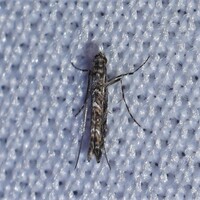
| Recorded by: Jeff Niznik on 2023-06-18
New Hanover Co.
Comment: |
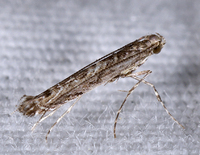
| Recorded by: John Petranka on 2023-05-25
Orange Co.
Comment: | 
| Recorded by: Jim Petranka, John Petranka and Bo Sullivan on 2023-05-18
Richmond Co.
Comment: |
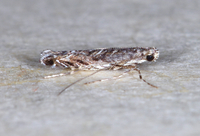
| Recorded by: Jim Petranka on 2023-04-28
Madison Co.
Comment: | 
| Recorded by: Jim Petranka on 2023-04-28
Madison Co.
Comment: |
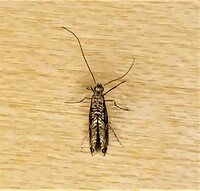
| Recorded by: Gary Maness on 2022-07-12
Guilford Co.
Comment: | 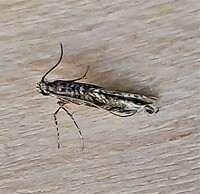
| Recorded by: Gary Maness on 2022-07-12
Guilford Co.
Comment: |

| Recorded by: Gary Maness on 2022-07-12
Guilford Co.
Comment: | 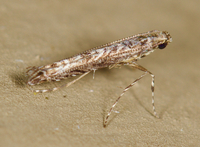
| Recorded by: Jim Petranka and Becky Elkin on 2022-06-14
Madison Co.
Comment: |
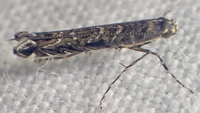
| Recorded by: tom ward on 2022-05-28
Buncombe Co.
Comment: | 
| Recorded by: David George on 2021-07-10
Durham Co.
Comment: |
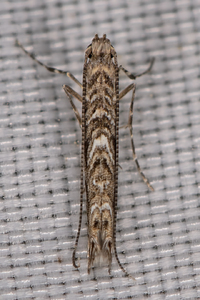
| Recorded by: Mark Shields on 2021-07-04
Onslow Co.
Comment: | 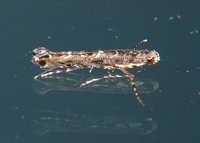
| Recorded by: Jim Petranka on 2021-06-16
Madison Co.
Comment: |
|

 »
»